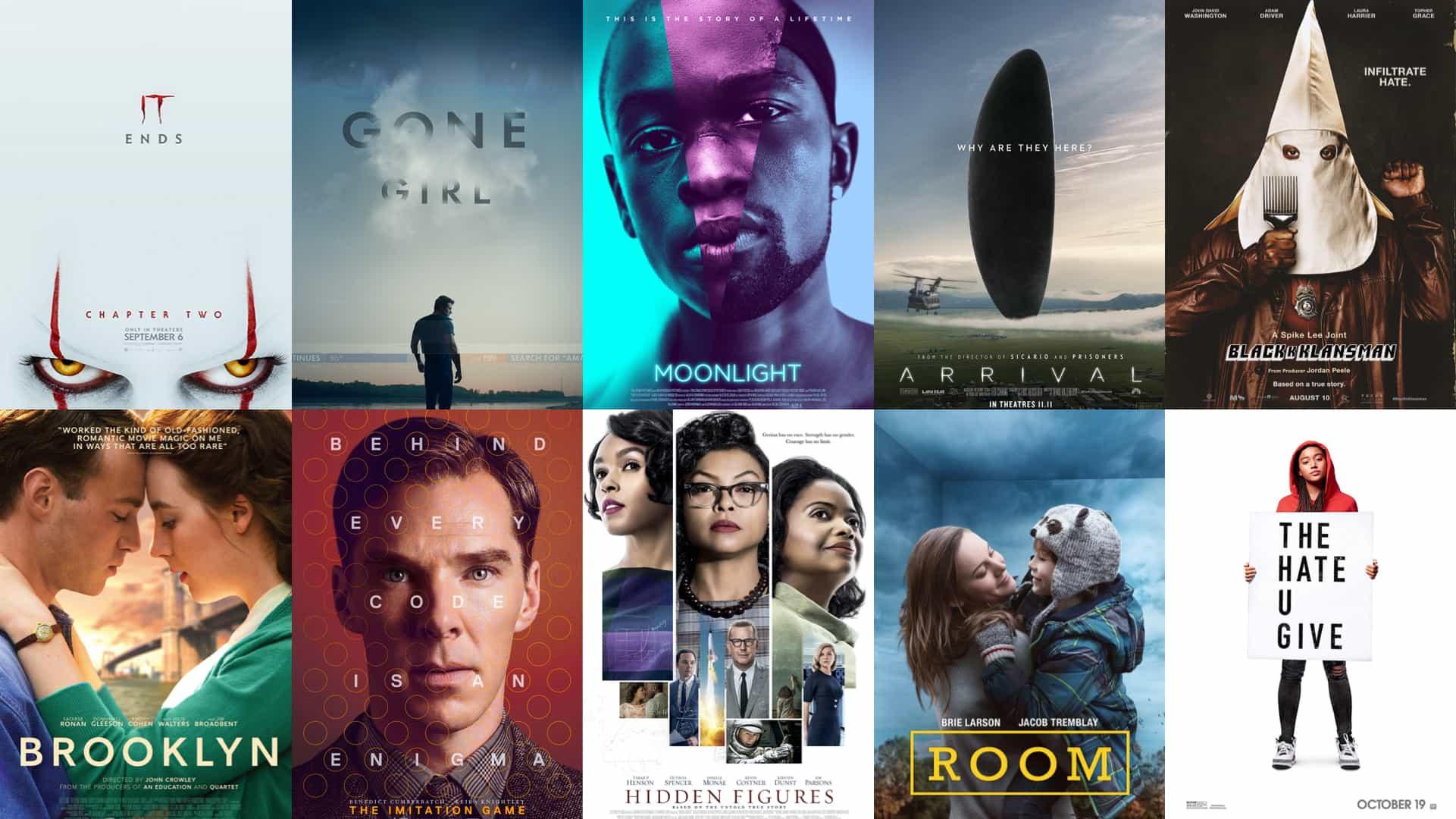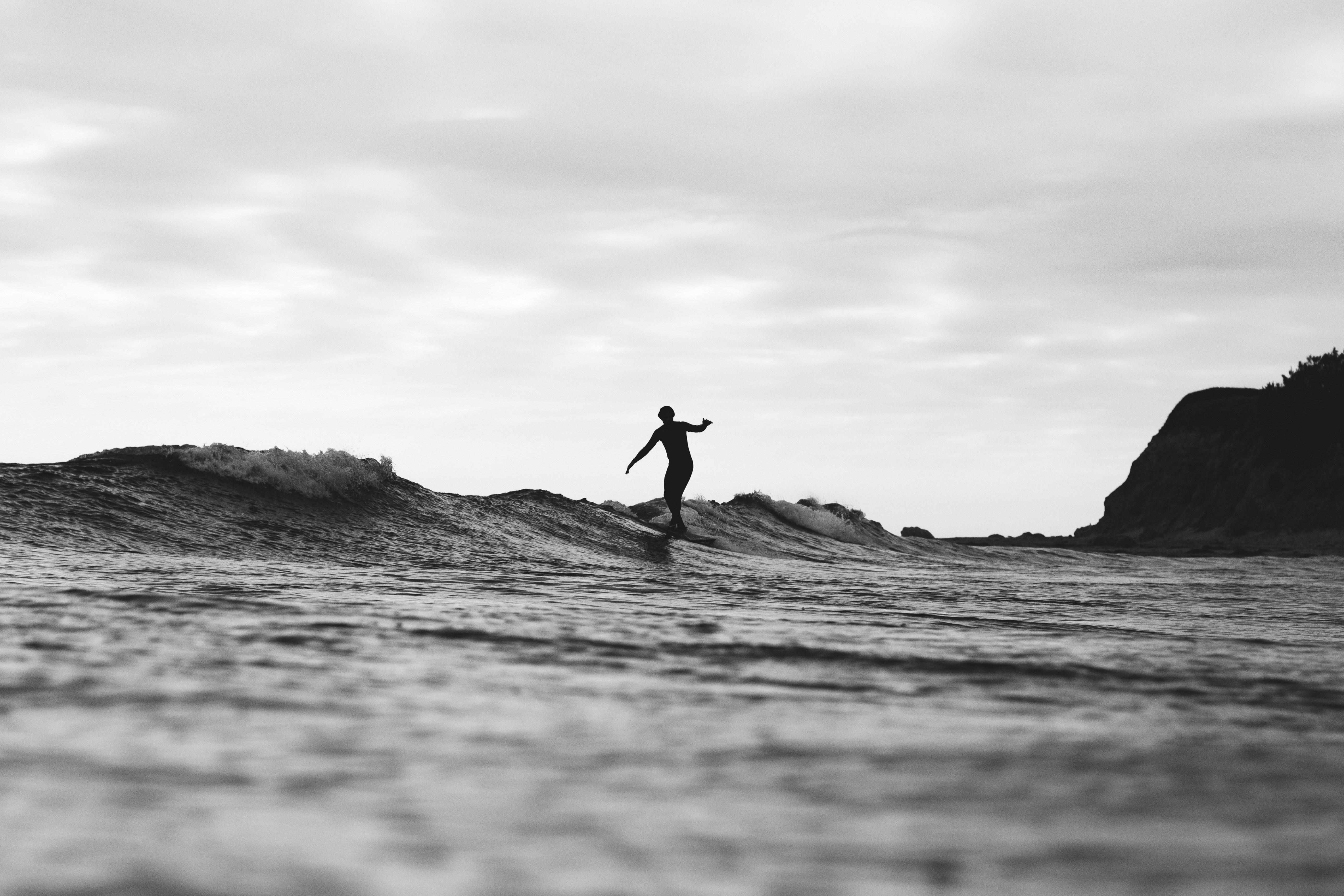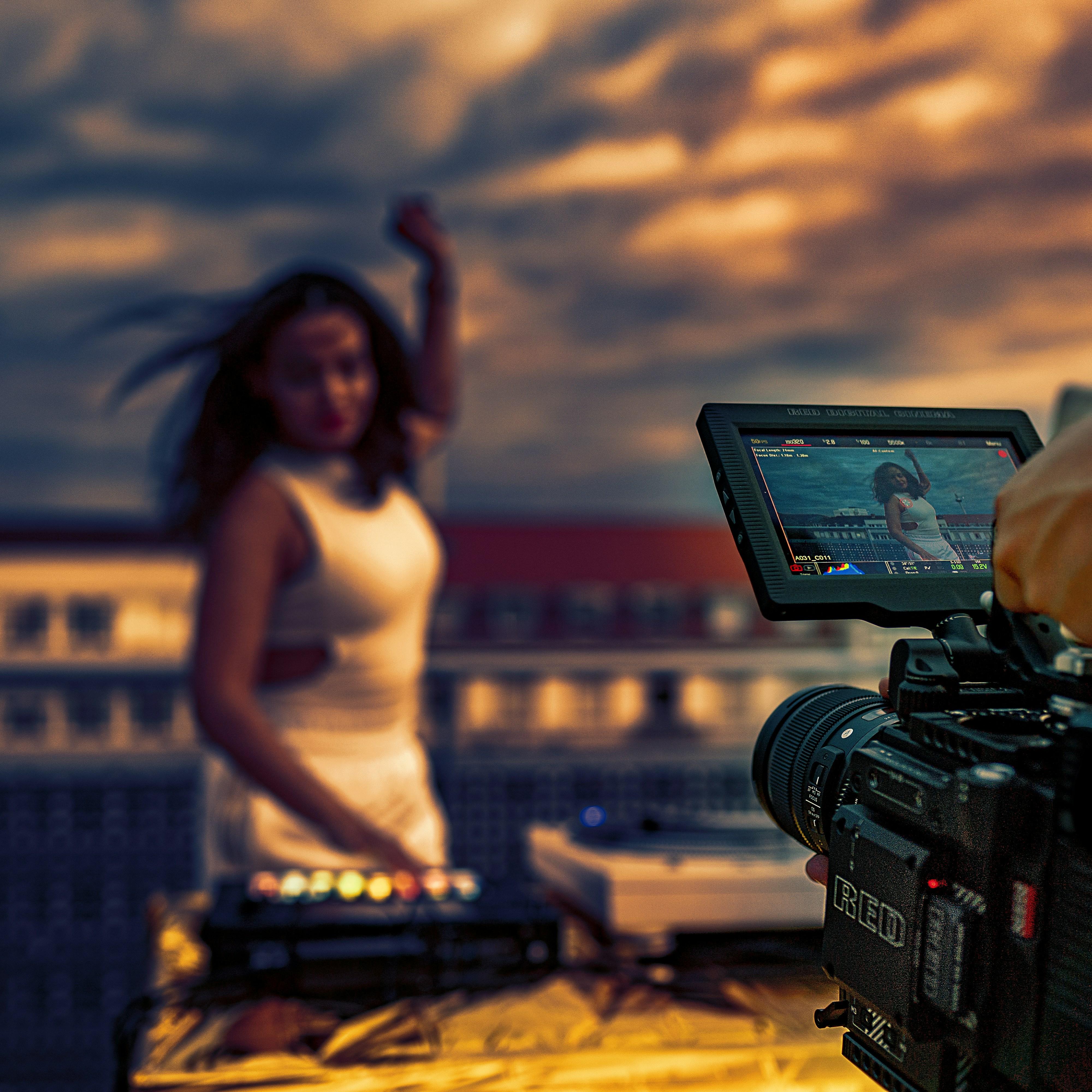In the dimly lit corners of a film studio, where the scent of ink mingles with the glow of the silver screen, a unique transformation unfolds—a beloved book is being adapted into a movie. This creative alchemy, however, is fraught with challenges. As pages turn into frames, and prose becomes dialogue, the essence of a story must navigate the labyrinthine path from imagination to visual reality. In this article, we delve into the intricate dance of adaptation, exploring the delicate balance between fidelity and innovation, and the myriad hurdles that storytellers face in bringing literary worlds to life on the big screen.
Bridging the Narrative Gap: Translating Text to Screen
When adapting a beloved novel for the big screen, filmmakers often encounter the narrative gap—the space between the author’s original vision and the cinematic interpretation. Bridging this gap requires a delicate balance of fidelity and creativity. The challenge lies in translating internal monologues, intricate world-building, and complex character arcs into visual storytelling. Filmmakers must decide which elements to highlight and which to modify or omit, all while maintaining the essence of the source material.
- Character Development: Books offer deep dives into character thoughts and motivations, while films rely on actors and dialogue to convey the same depth.
- Pacing: The expansive nature of novels allows for detailed exposition, but films must condense these elements into a concise, engaging narrative.
- Visual Representation: Translating descriptive prose into visual imagery requires creative interpretation and can lead to differing audience perceptions.
By creatively navigating these challenges, filmmakers can craft adaptations that honor the original while offering a fresh perspective for audiences.

Character Complexity: Preserving Depth in Film Adaptations
One of the most daunting hurdles in transforming a beloved book into a film is maintaining the intricate layers that define its characters. Literary works often delve into the inner psyche, weaving complex backstories and nuanced emotions that are challenging to convey on screen. Films must rely on visual storytelling, dialogue, and performance, often resulting in a streamlined version of the character that may lack the depth found in the source material.
- Time Constraints: Films are bound by limited runtimes, which necessitate cutting or condensing character arcs.
- Visual Interpretation: Directors and actors must interpret written nuances into visual cues, which can alter the audience’s perception.
- Audience Expectation: Readers bring their own interpretations, making it challenging to meet diverse expectations in a single portrayal.
Balancing these elements requires a delicate blend of creativity and fidelity, ensuring that the essence of the character remains intact while adapting to a new medium.

Balancing Pacing: Maintaining Momentum Without Sacrificing Story
In the art of translating a novel to the screen, one of the most intricate tasks is ensuring the film maintains a compelling pace without losing the essence of the original story. Balancing pacing requires a delicate touch, as films operate within a limited timeframe, often necessitating the trimming or condensation of plot elements. Yet, this must be done without diminishing character development or thematic depth. It’s a dance between urgency and depth, where every scene must serve a purpose, pushing the narrative forward while allowing the audience to breathe and connect.
- Strategic Scene Selection: Choosing which scenes to keep or cut is pivotal. Prioritize those that drive the plot and reveal character motivations.
- Visual Storytelling: Use visual cues to convey information swiftly. A glance or a gesture can replace paragraphs of internal monologue.
- Dialogue Efficiency: Craft dialogues that are succinct yet impactful, capturing the novel’s essence without verbose exposition.
By embracing these strategies, filmmakers can maintain momentum, ensuring the audience remains engaged while the story’s heart remains intact. The challenge lies in weaving a seamless narrative tapestry that honors the source material while thriving in its new medium.

Visualizing the Imagination: Crafting Authentic Cinematic Worlds
In the intricate dance of adapting literature into film, one of the most formidable tasks is bringing the vivid landscapes of a reader’s imagination to the screen. This endeavor requires a careful balance between fidelity to the source material and the creative liberties necessary for cinematic storytelling. Filmmakers must craft authentic worlds that resonate with audiences, often drawing from the rich tapestry of descriptions found in the book while innovating visually to capture the essence of the narrative.
- Authenticity vs. Interpretation: Striking the right chord between staying true to the book and allowing for artistic interpretation can make or break a film adaptation.
- Visual Storytelling: Translating descriptive prose into engaging visuals involves meticulous attention to detail and a deep understanding of the book’s thematic elements.
- Collaborative Vision: Directors, set designers, and visual effects artists must work cohesively to ensure the world-building feels seamless and immersive.
By embracing both the limitations and possibilities of the medium, filmmakers can transform the written word into a dynamic, visual experience that honors the original work while standing on its own as a compelling cinematic journey.

